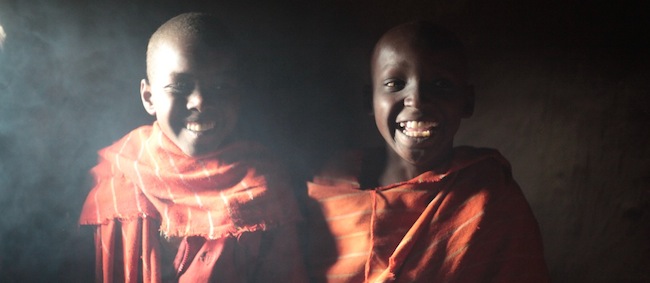Samburu Tribe
Samburu County is an arid and semi-arid area located in northern Kenya in the Rift Valley Province and is inhabited by the Samburu tribe who are closely related to the Maasai tribe. Samburu and Maasai are both part of the Maa language family and share 95% of their language. Neighboring tribes, admiring their beauty and elegance, called them Samburu, meaning “butterfly”. The Samburu call themselves Lokop (or Loikop). The Samburu, light as butterflies, are semi-nomadic pastoralists whose lives have traditionally depended on animal husbandry (cattle, goats, sheep, and camels) for their livelihood. However, due to the impact of unpredictable rainfall patterns, a recent series of droughts, and persistent insecurity due to inter tribal cattle rustling, the Samburu have become increasingly food insecure. Many Samburus rely on foreign food aid which is both intermittent and nutritionally poor. Eighty-six percent of Samburu County lives below the Kenyan poverty line. As of 2013, the average Samburu lives on less than $0.73 per day. Only 15% of Samburu have access to safe drinking water. Forty-four percent of households collect water from unprotected wells or springs and 26% of get their water from rivers or streams. The average household distance to a nearby water sources is 3.7 km (2.29 mi).
Our Role
Sadhana Forest Kenya is working with the Samburu in their goal towards greater self-sufficiency. This includes decreased dependence on foreign food aid, restoration of the ecosystem, and a sustainable and diversified source of nutrition through indigenous food forestry.
Training
Training will be an essential part of Sadhana Forest Kenya. We plan to construct a training center next to our demonstration site and tree nursery to help train the Samburu people in tree planting, sustainability, food forestry, Permaculture and more. Training in the local language will play a key role in successful and accessible training. After training is received (free of charge) at our training center, the Sadhana Forest Kenya team will go to the homes and plant the food forests together with the people.


